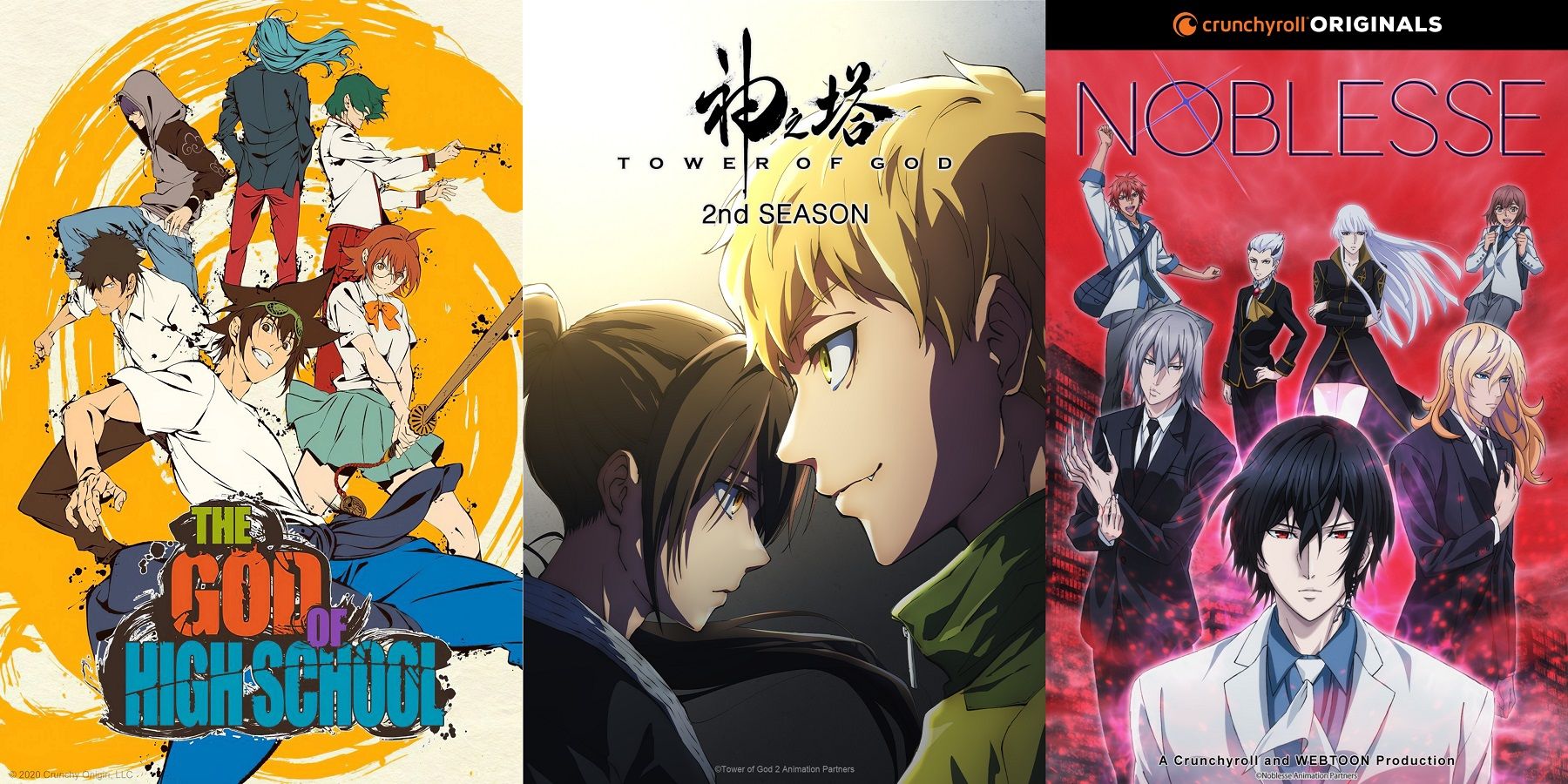
Summary
- South Korea’s gov’t plans $100 million investment by 2029 for K-animation, focusing on web novel and webtoon adaptations.
- Initiative aims to expand exports and lift industry revenues, targeting international co-productions and AI-assisted animation.
- Timely shift towards animation reflects demand for homegrown content; AI tools and strategic partnerships to revive fan favorites.
South Korea is taking its most daring step yet to establish a significant presence in the international animation world. The Ministry of Culture, Sports, and Tourism has revealed an extensive investment strategy aimed at infusing approximately $100 million into the Korean animation sector by the year 2029.
I find myself witnessing an exciting venture aimed at crafting distinctly Korean animation, leveraging AI, international collaborations, and Webtoon adaptations. This declaration marks a significant transition: South Korea is no longer confining its content dominance to music and dramas; instead, it’s aiming for animation as its next global cultural powerhouse – an intuitive move following the surge of anime investments surpassing K-pop last year.
Korea’s Animation Play: Big Money, Bigger Goals
$100 Million to Spark a New Era



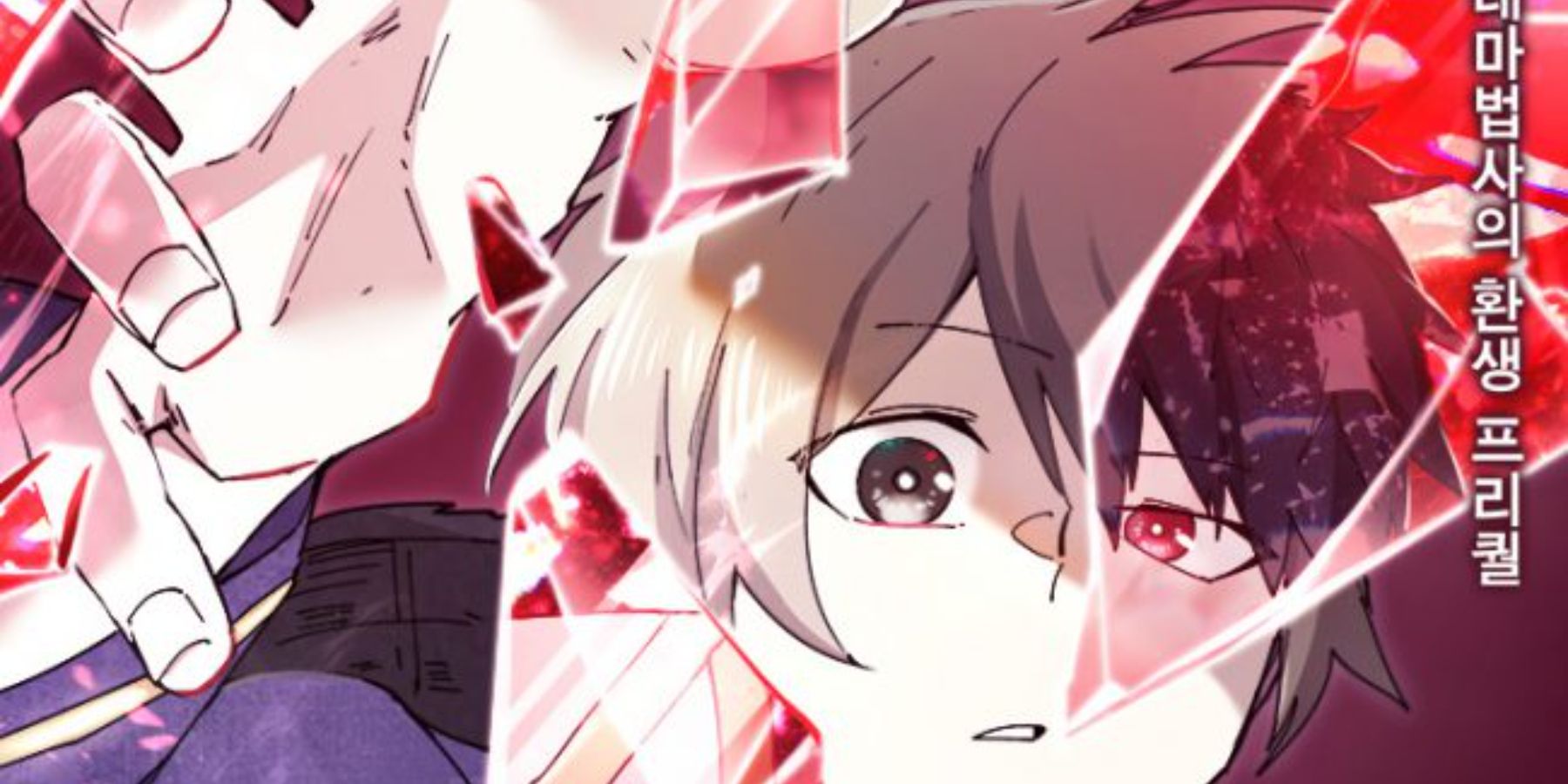
The “Basic Plan for the Enhancement of the Animation Industry” by the South Korean government outlines a comprehensive roadmap. By 2025, a $14 million fund dedicated to animation will be established, which will then grow to a substantial $100 million by 2029. This investment aims to address persistent issues within the sector such as over-emphasis on preschool content, outdated broadcasting strategies, and fragile production networks. The ultimate objective is to transition Korean animation towards older audiences, strengthen ties with Webtoons and online literature, and prioritize content designed for streaming platforms.
Additionally, there’s a global aspect with a competitive edge. A fresh refund system for joint productions is being implemented in Korea, intended to attract production studios primarily based in Korea, particularly from Japan, China, and Southeast Asia. By the year 2030, the government anticipates increasing the income of the animation industry to approximately 1.9 trillion won and boosting exports by 40%.
Why Now? Reading the Room in Global Entertainment
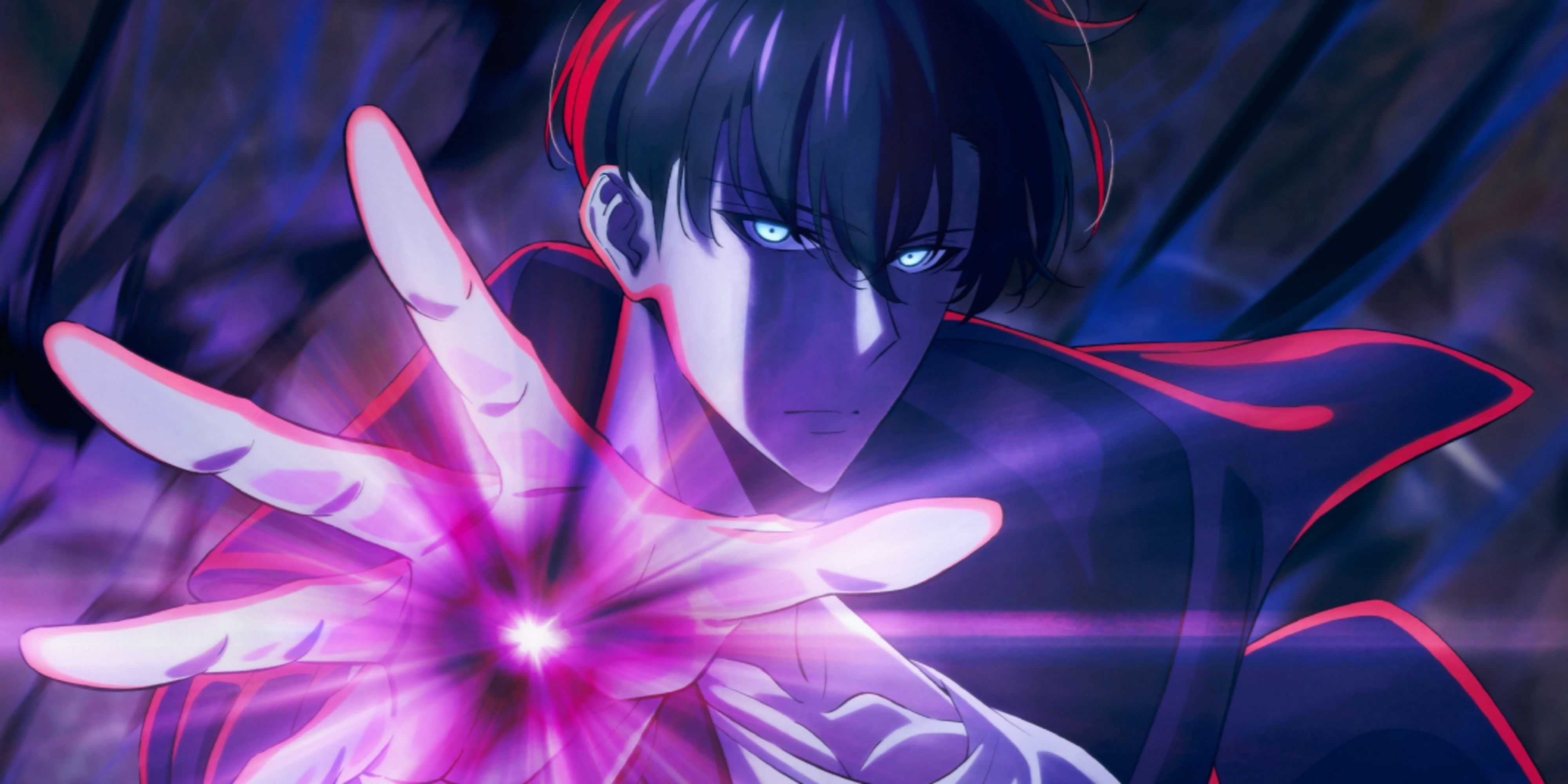
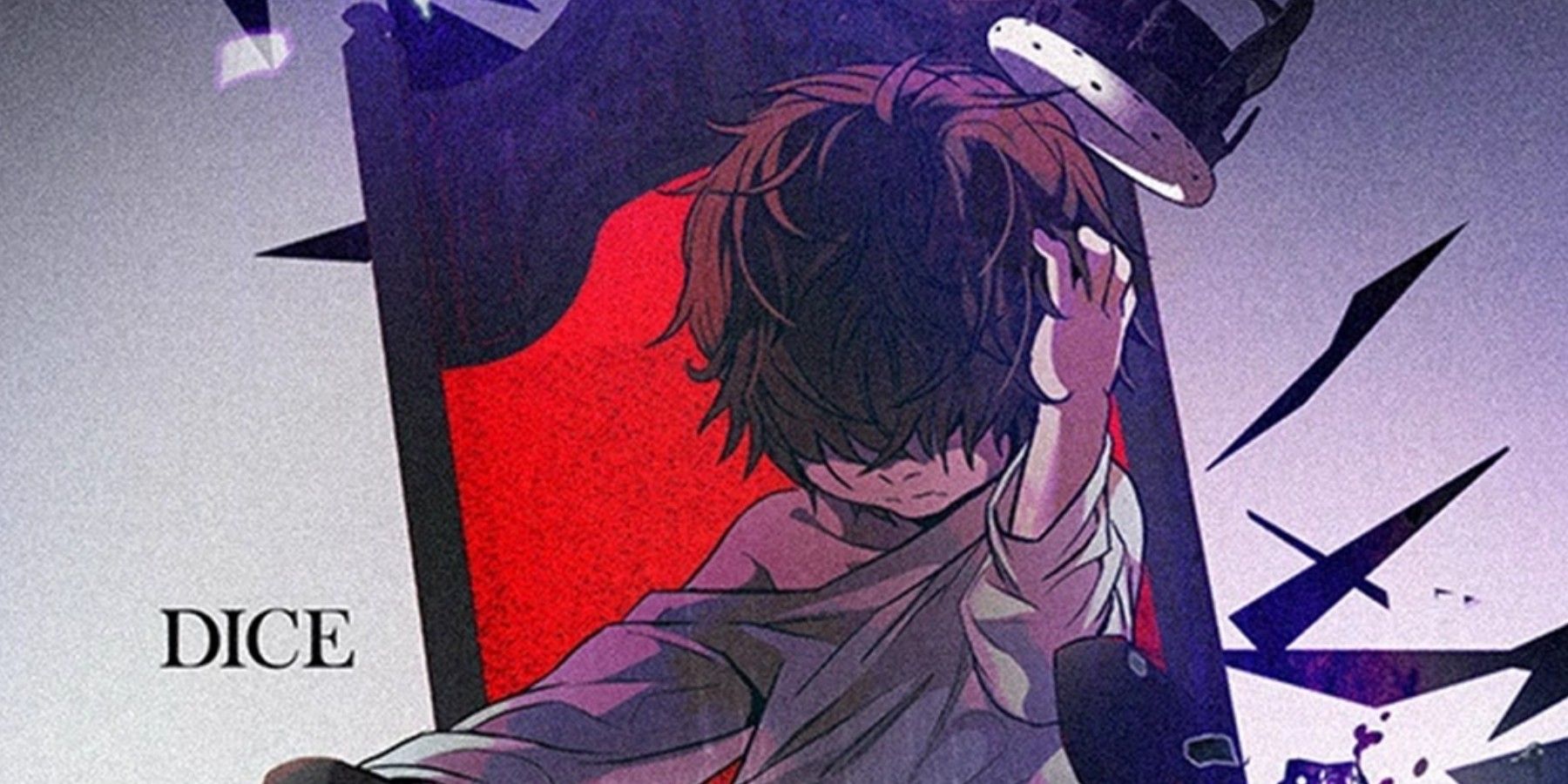


It’s no mere coincidence that the timing is favorable. As Japan grapples with internal issues such as overworked animators and an aging audience at home, South Korea seizes this opportunity. Webtoons like “Tower of God” and “Solo Leveling,” which have already tasted success in anime adaptations, are a testament to this. Moreover, “Heartsping: Teenieping of Love” emerged as one of Korea’s top-grossing animated films in 2024, demonstrating a clear appetite for locally produced animation content.
Korea’s administration confidently aspires to replicate their domestic success on an international level, transforming their distinctive webtoon-based narrative style into a worldwide phenomenon that rivals existing standards. Essentially, if Japan paved the way, Korea aims to establish the new norm.
The Role of AI: The Secret Weapon
AI-Powered Animation Production
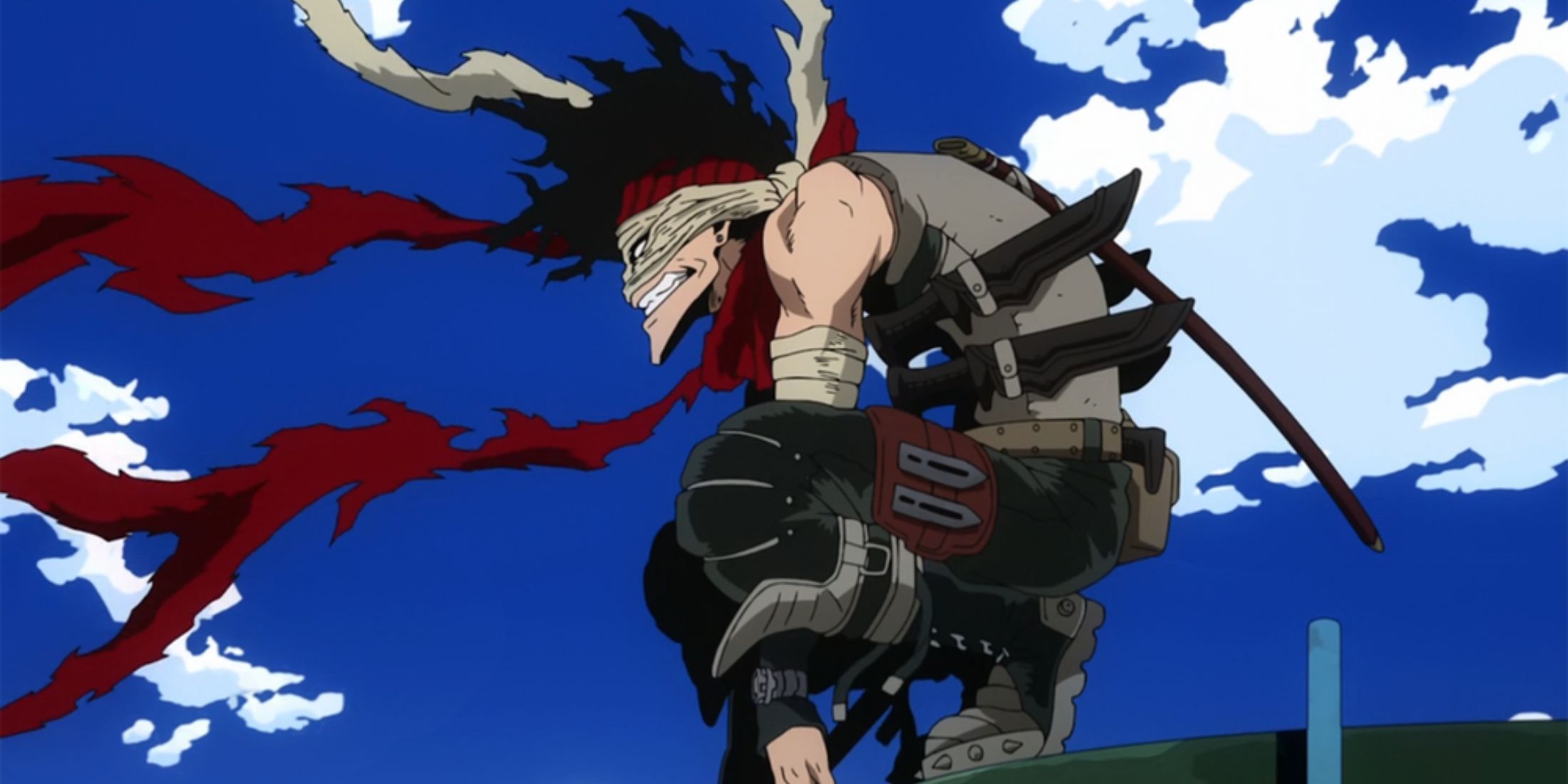
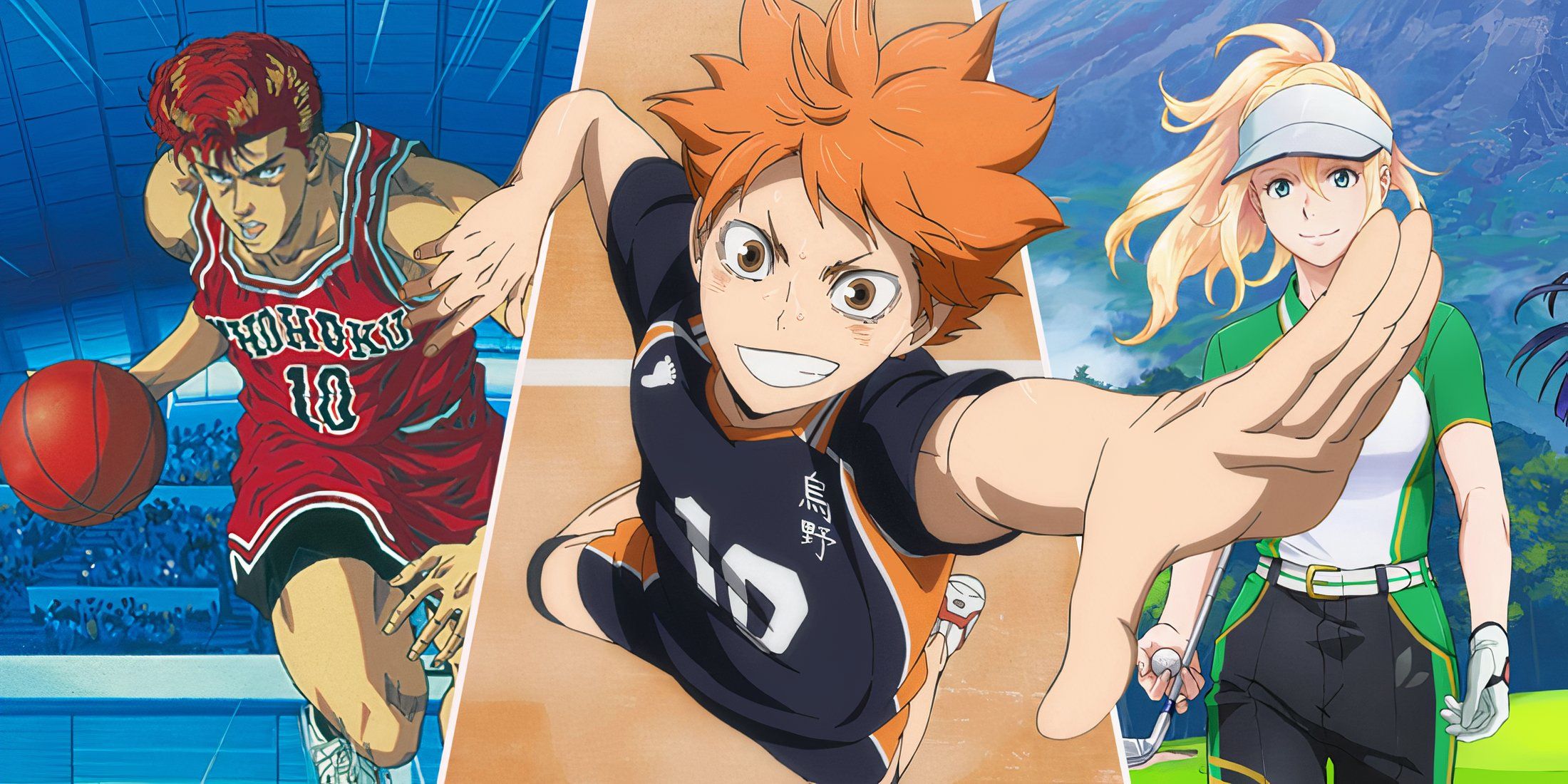
The resurgence of South Korea’s animation industry won’t rely solely on human resources. Artificial intelligence plays a crucial role in this strategy, ranging from AI-aided animation production to the development of AI-generated spin-offs that prolong Intellectual Property (IP) lifespan. By automating various stages of the animation process—such as background creation, coloring, and even preliminary frame transitions—AI can significantly cut costs and accelerate deadlines.
As an avid tech enthusiast, I’m thrilled to share that our government is strategizing to establish a “Korean-style AI training dataset” tailored for video content. This move aims to foster technology advancements that resonate with the unique narrative aesthetics of Korean storytelling. Moreover, we’re gearing up to leverage AI in developing robust anti-piracy tools. In an era where digital theft is rampant, these tools will be crucial in safeguarding our new intellectual properties.
The Webtoon Revolution: TBATE and Beyond
A Second Chance for Fan Favorites
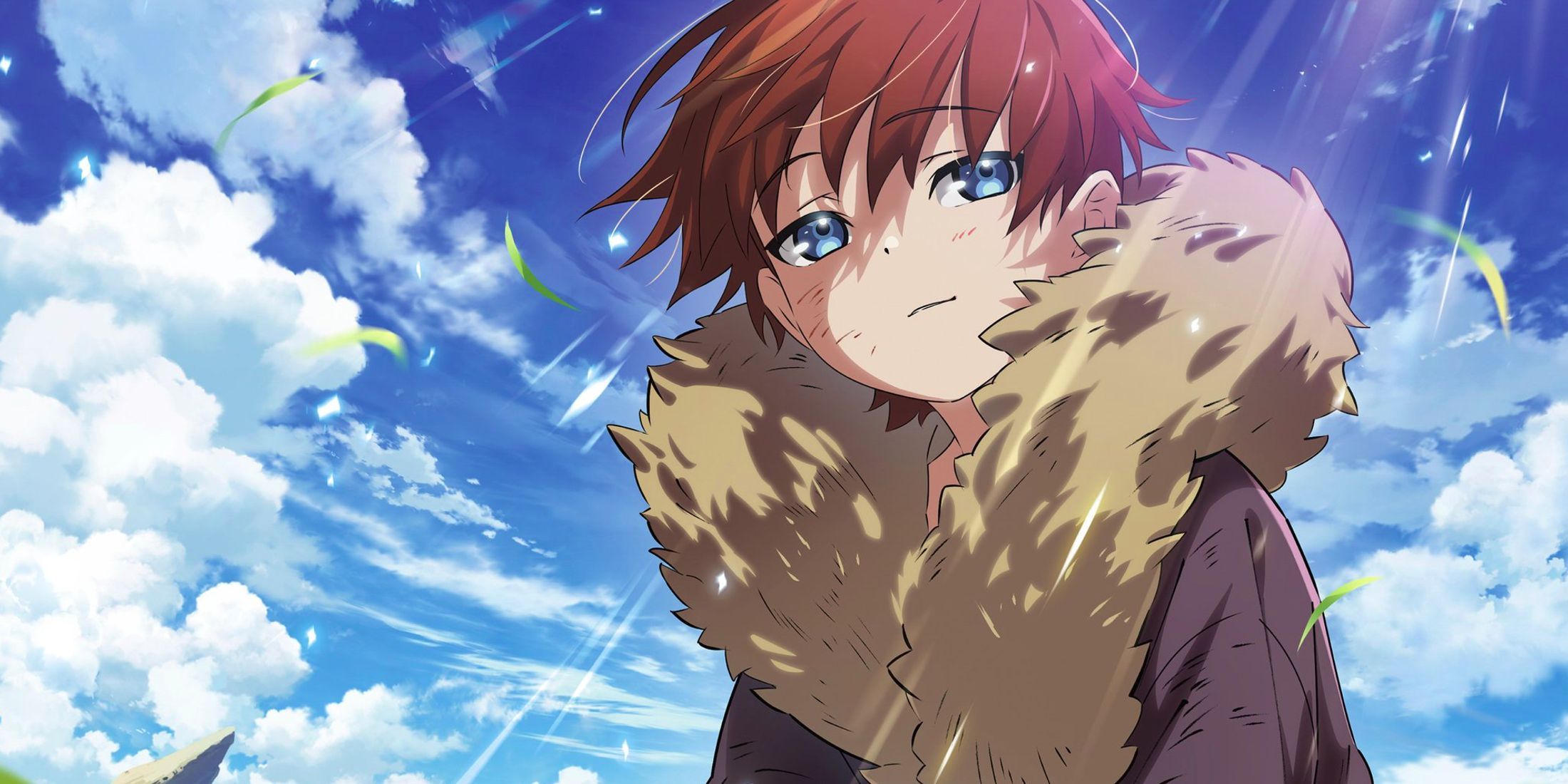
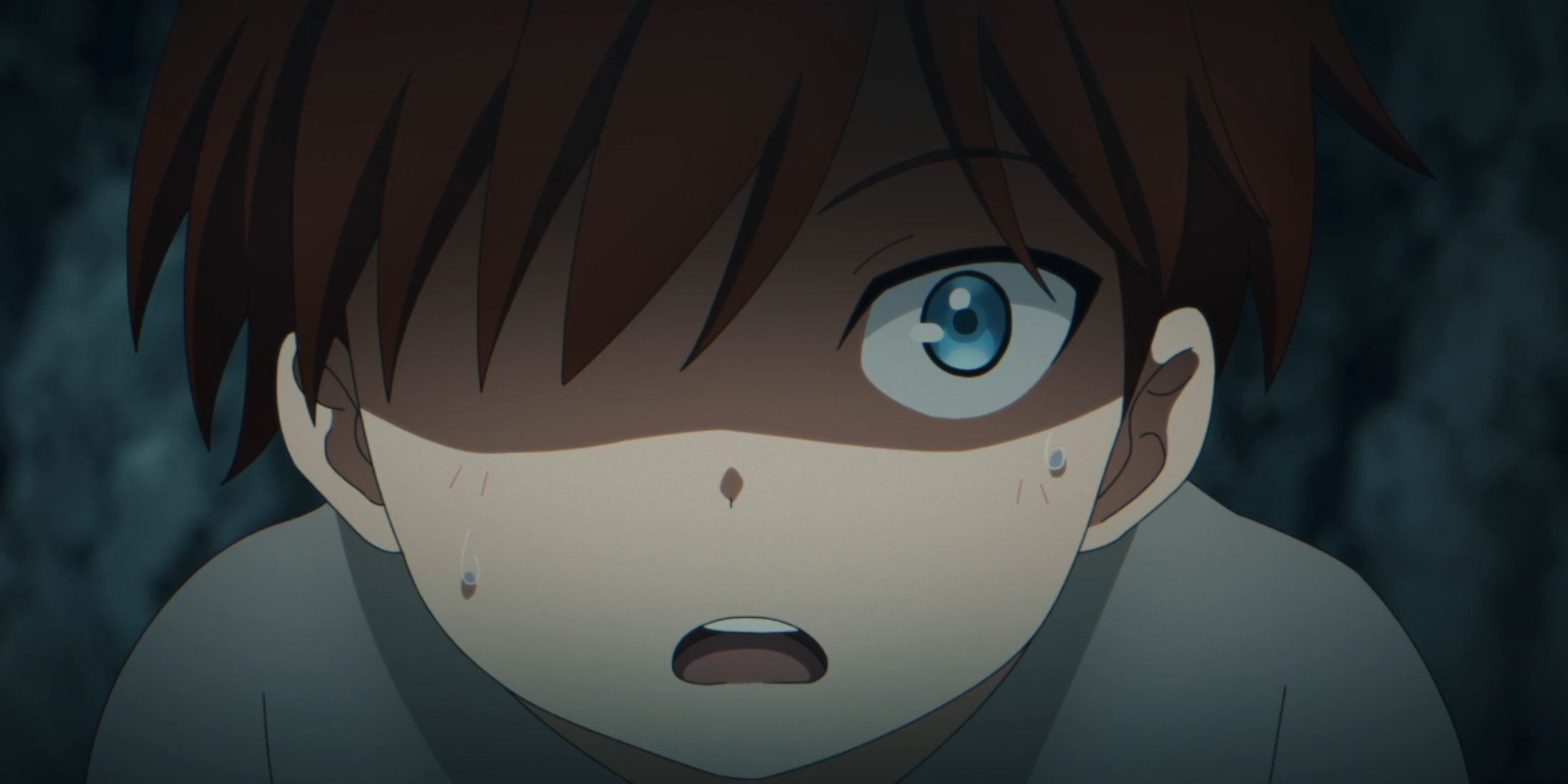
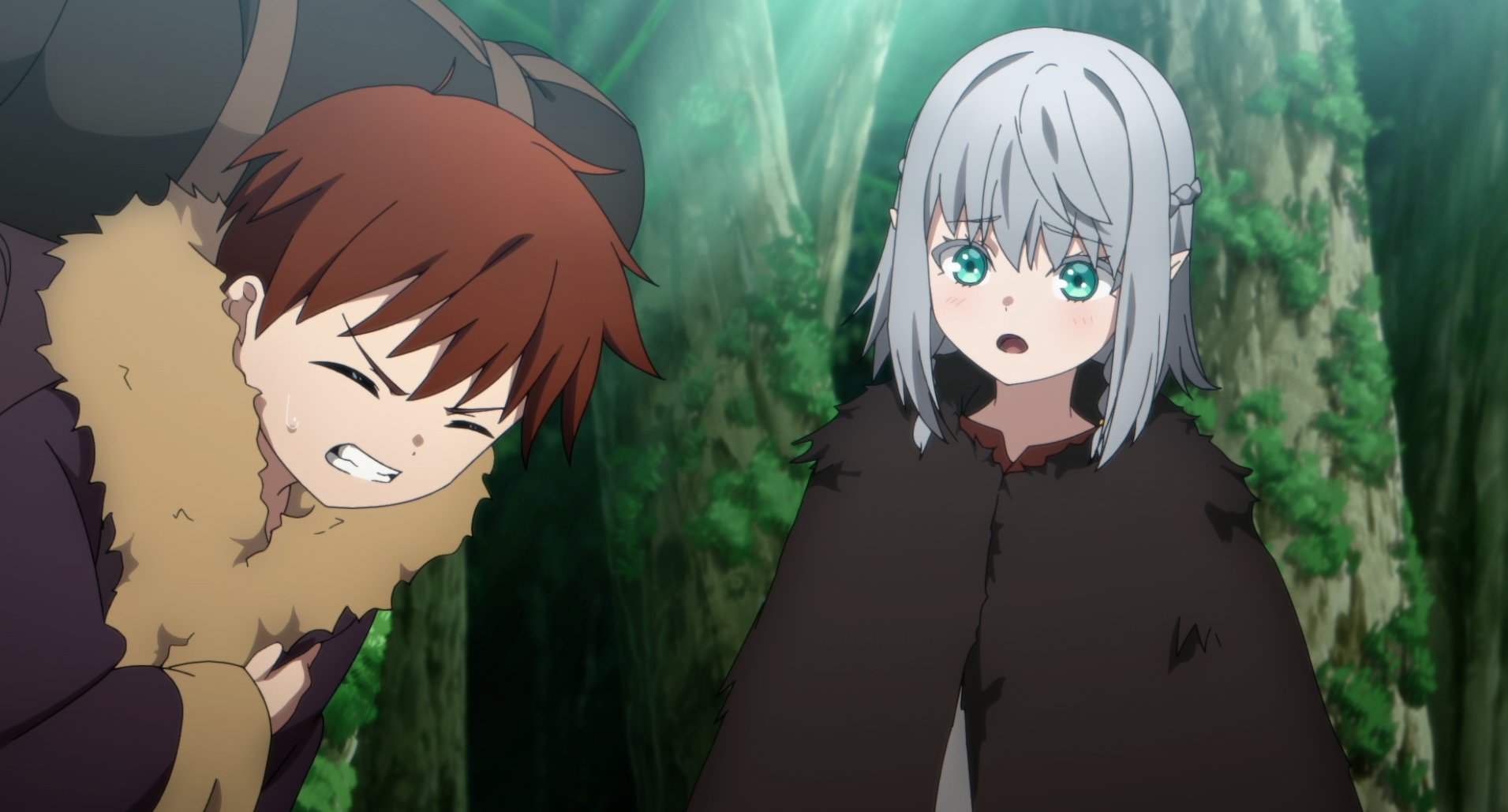
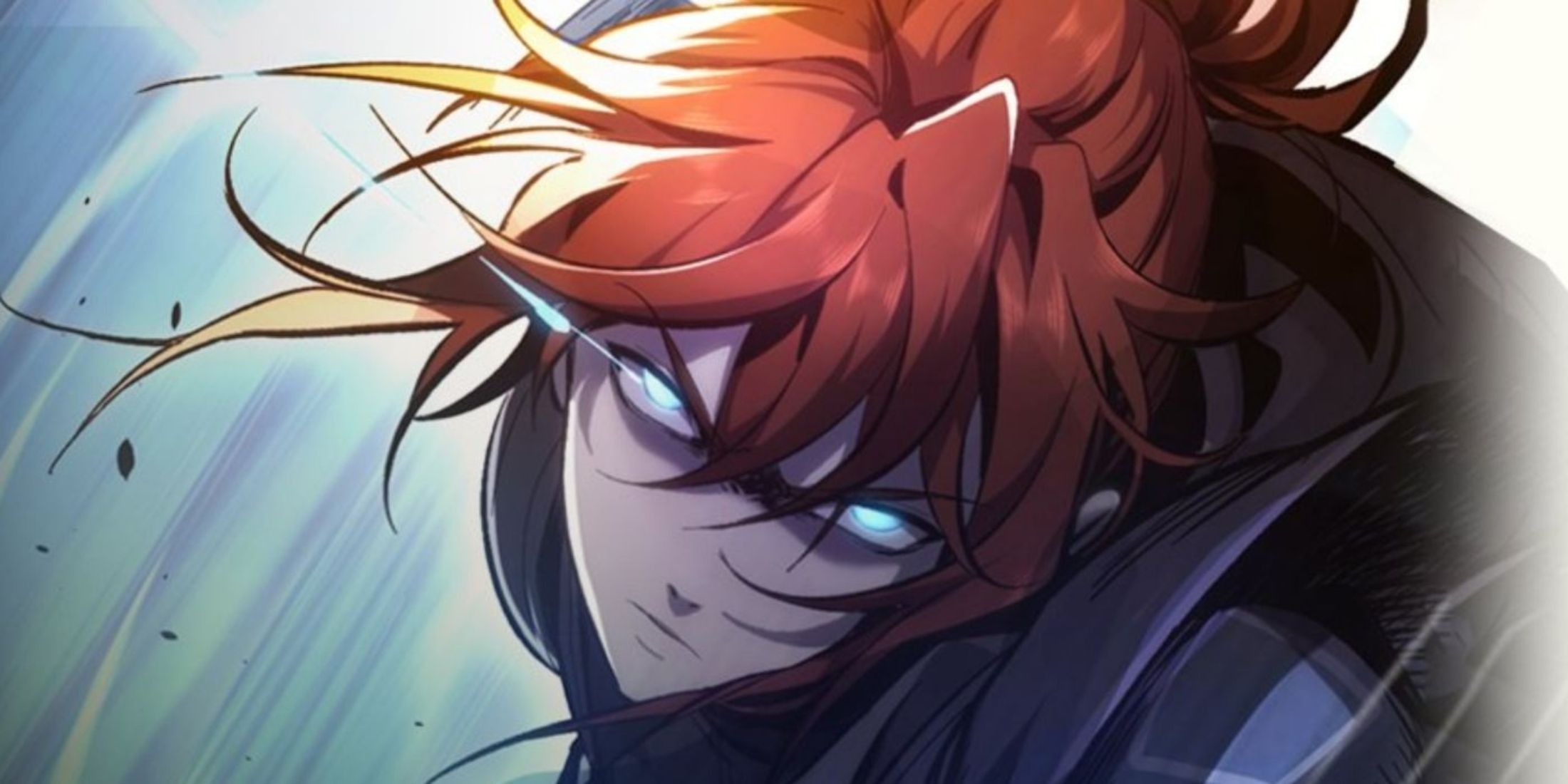

Titles such as The Beginning After The End (TBATE) might stand to benefit significantly from this initiative. With improved funding, advanced AI tools, and strategic alliances with prominent studios like NAMU and even Studio Pierrot in Japan, there’s a strong possibility that Korean production houses can create a reboot that truly reflects the original webtoon’s grand fantasy essence, following a less-than-satisfactory initial adaptation.
TBATE won’t be standing solo anymore. This funding is expected to rejuvenate a wide spectrum of Webtoons that enthusiasts have yearned for, offering improved animation quality, more thoughtful pacing, enhanced visual aesthetics, and narratives free from haste.
If South Korea’s strategy is successful, we might witness the emergence of “K-animation” as the next big thing following K-pop and K-dramas. This could lead to an explosion in cross-platform franchises, with animated versions paving the way for video games, merchandise, and international streaming agreements. A fresh wave of talent, honed through university courses and industry projects, will power a cutting-edge, AI-equipped production team capable of catering to global tastes. If everything aligns, “K-animation” could quickly become as prevalent—and cherished—as anime itself.
Read More
- Mr. Ring-a-Ding: Doctor Who’s Most Memorable Villain in Years
- Top 8 UFC 5 Perks Every Fighter Should Use
- Nine Sols: 6 Best Jin Farming Methods
- How to Get the Cataclysm Armor & Weapons in Oblivion Remastered Deluxe Edition
- Luffy DESTROYS Kizaru? One Piece Episode 1127 Release Date Revealed!
- Unlock the Secrets: Khans of the Steppe DLC Release Time for Crusader Kings 3 Revealed!
- Invincible’s Strongest Female Characters
- Eiichiro Oda: One Piece Creator Ranks 7th Among Best-Selling Authors Ever
- Unlock Roslit Bay’s Bestiary: Fisch Fishing Guide
- Sigourney Weaver Reveals Key Information About Her Role In The Mandalorian & Grogu
2025-04-28 18:24